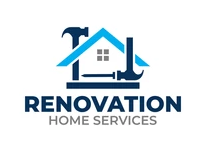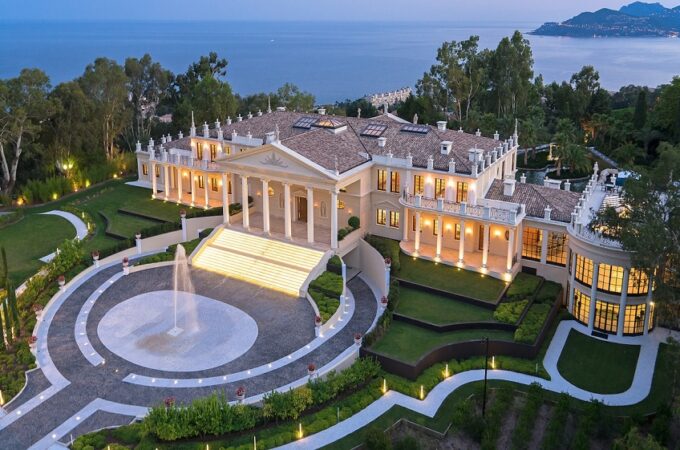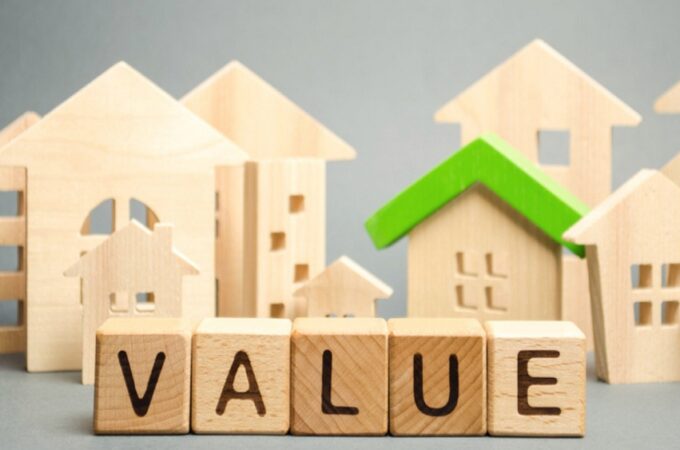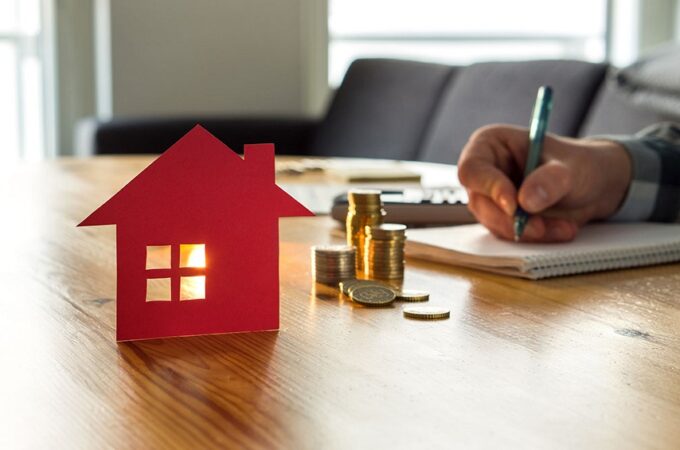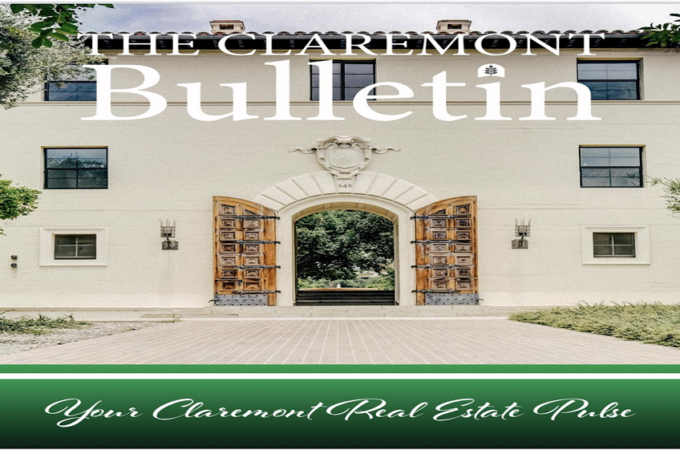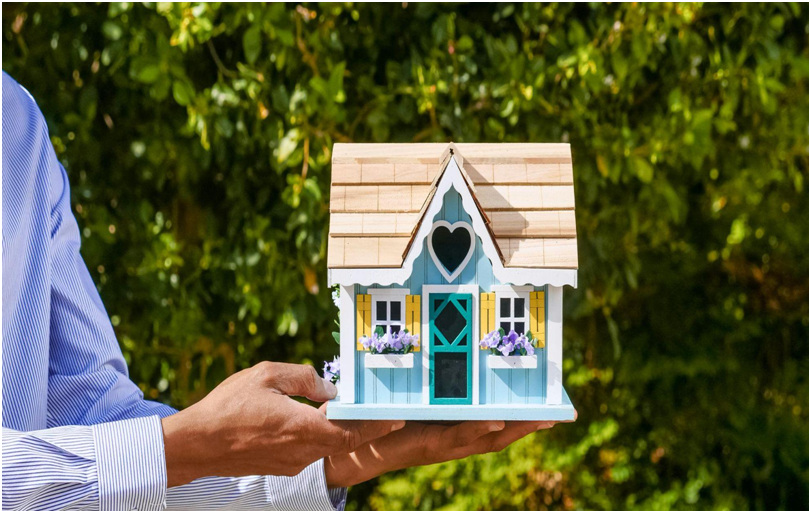
Positive Geared Property: How Does It Work?
Positive geared property is a term frequently tossed around in real estate circles, often heralded as a lucrative investment strategy. But what exactly does positive gearing entail, and how does it work? In this article, we’ll delve into the mechanics of positive geared property investments, exploring its key components and shedding light on how investors can harness its potential to generate steady returns.
Understanding Positive Geared Property
At its core, positive gearing refers to an investment scenario where the rental income generated from a property exceeds the total expenses associated with owning and managing that property. These expenses typically include mortgage repayments, property maintenance costs, insurance premiums, property management fees, and council rates. The surplus income generated from positive geared properties represents positive cash flow, providing investors with a steady stream of passive income.
The Mechanics of Positive Gearing
Positive gearing operates on a simple principle: the income generated from rent exceeds the costs incurred to own and maintain the property. Let’s break down the key elements involved:
- Rental Income: The primary source of revenue in positive geared properties is the rental income received from tenants occupying the property. This income stream is influenced by factors such as market demand, location, property condition, and rental market trends.
- Expenses: Positive geared properties incur various expenses, including mortgage repayments, property management fees, insurance premiums, maintenance costs, and taxes. These expenses are subtracted from the rental income to determine the property’s net cash flow.
- Surplus Cash Flow: When the rental income exceeds the total expenses, the property is considered positively geared, resulting in a surplus of cash flow. This surplus income can be reinvested, saved, or utilized to fund lifestyle expenses, providing investors with immediate returns on their investment.
Factors Influencing Positive Gearing
Several factors influence the feasibility and profitability of positive geared property investments:
- Market Conditions: Positive gearing thrives in markets with high rental demand, strong rental yields, and stable property values. Investors should conduct thorough market research to identify areas where rental income can comfortably cover expenses.
- Property Selection: The choice of property plays a crucial role in positive gearing. Investors should seek properties with favorable rental prospects, desirable locations, and the potential for capital appreciation over time.
- Financing Arrangements: Investors may choose to finance positive geared properties through mortgages or other financing options. It’s essential to secure financing arrangements with favorable terms and interest rates to maximize cash flow.
- Expense Management: Effective management of expenses is essential to maintaining positive gearing. Investors should budget for ongoing maintenance, repairs, and other costs to ensure that rental income continues to exceed expenses.
Conclusion
Positive geared property offers investors the opportunity to generate steady cash flow and build wealth through real estate investments. By ensuring that rental income exceeds expenses, investors can enjoy a surplus of cash flow, providing immediate returns on their investment. However, success in positive geared property investments requires careful consideration of market conditions, property selection, financing arrangements, and expense management.
For individuals considering positive geared property investments, it’s crucial to conduct thorough research, seek expert advice, and evaluate the potential risks and rewards. By understanding the mechanics of positive gearing and implementing sound investment strategies, investors can leverage the power of positive geared properties to achieve their financial goals and secure their futures.
